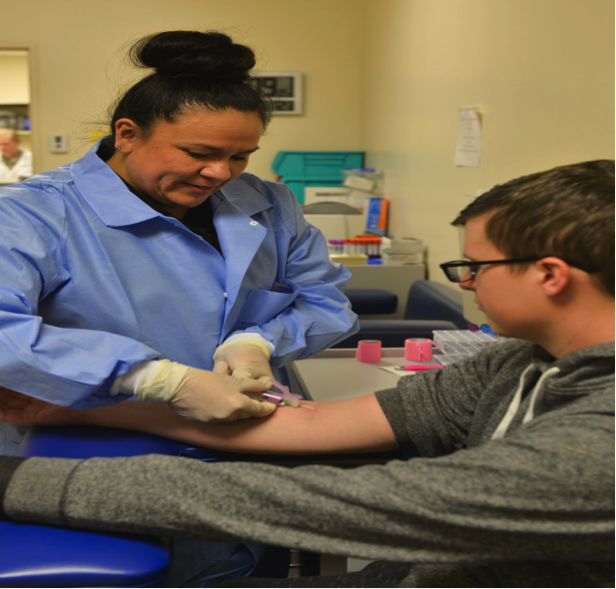What is MA/PT? Their job is to draw the blood of patients who require routine blood testing as well as other medical tests to keep the patient healthy. They perform basic clinical and administrative duties in hospitals, clinics, and medical centers. What is the job outlook for MA/PT? Employment is projected to grow 23% from […]

What Are Echocardiography/Noninvasive Cardiovascular Sonographers
What is Echocardiography? Echocardiography is also known as Non-invasive Cardiovascular Sonography (Echo Sonographer). Echo Sonographers use tests and equipment that do not go in a patient’s body to determine the health condition of the patient’s heart and cardiovascular system. What is the job outlook for Echo Sonography The employment for Echo Sonography is projected to […]
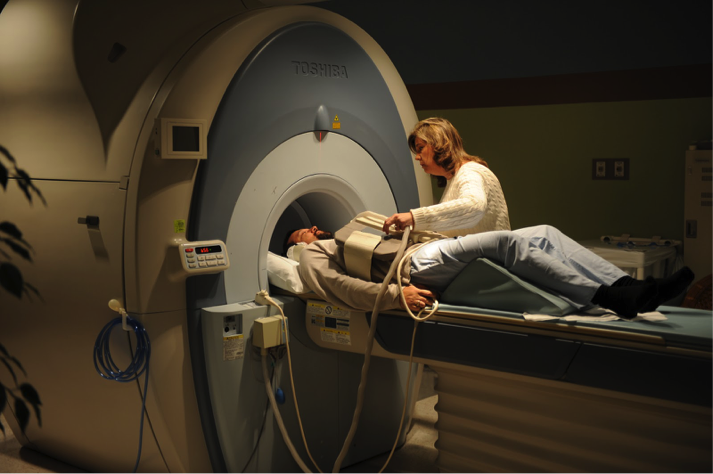
What Are MRI Technologists?
What does an MRI Technologist do? MRI stands for Magnetic Resonance Imaging. An MRI Technologist runs MRI scanners at hospitals and diagnostic facilities. They work with patients, helping them be comfortable, and also give IV drugs to patients to get a better contrast on the scanned images taken. What is the job outlook for MRI […]
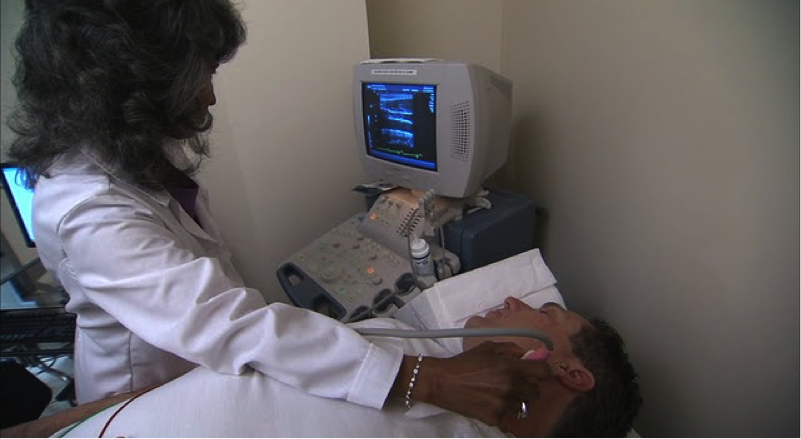
What Are Diagnostic Medical Sonographers?
What is a DMS? Diagnostic Medical Sonographers are also commonly known as Ultrasound technicians. They use ultrasound high frequency sounds waves to produce images of internal body tissues. Those images are used to help doctors in diagnosing conditions such as heart disease, cancer, and pregnancy. It is a very important process that helps control and […]
What Are X-Ray Technicians?
Job Outlook for Radiologic Technologists Radiology is one of the faster-growing occupations for employment. The overall employment for Radiologic Technologists is projected to grow 9 percent from 2018 to 2028.”As the population grows older, there will be an increase in medical conditions that require imaging as a tool for diagnosis” (U.S Bureau of Labor Statistics). […]
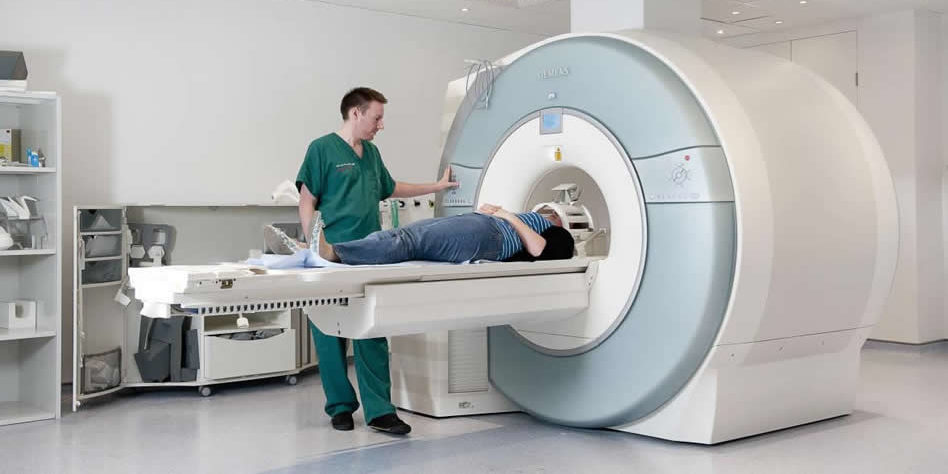
MRI technologist job outlook from the U.S. Bureau of Labor Statistics
Overall employment of radiologic and MRI technologists is projected to grow 9 percent from 2018 to 2028, faster than the average for all occupations. As the population grows older, there will be an increase in medical conditions that require imaging as a tool for making diagnoses.
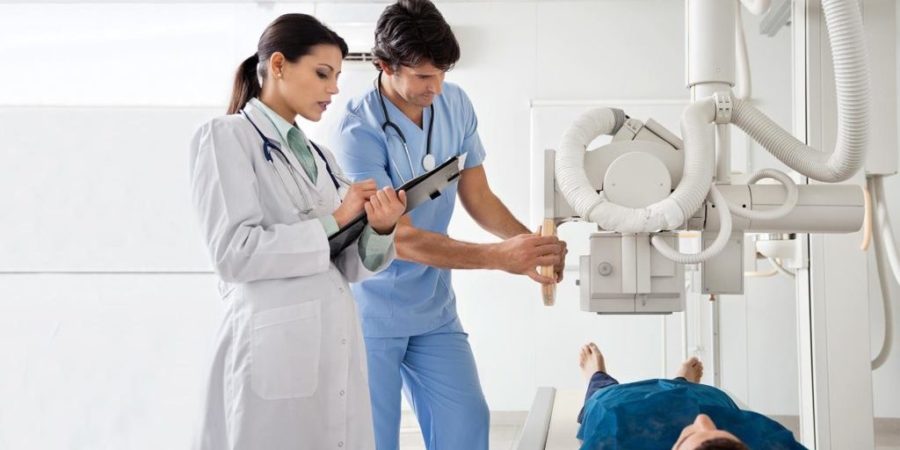
Echocardiography / Non-invasive Cardiovascular Sonographer job outlook from the U.S. Bureau of Labor Statistics
Overall employment of diagnostic medical sonographers and cardiovascular technologists and technicians is projected to grow 14 percent from 2018 to 2028, much faster than the average for all occupations. As the large baby-boom population ages, the need to diagnose medical conditions—such as blood clots and heart disease—will likely increase. Imaging technology is a tool used in making these diagnoses.

Diagnostic Medical Sonographer job outlook from the U.S. Bureau of Labor Statistics
Overall employment of diagnostic medical sonographers and cardiovascular technologists and technicians is projected to grow 14 percent from 2018 to 2028, much faster than the average for all occupations. As the large baby-boom population ages, the need to diagnose medical conditions—such as blood clots and heart disease—will likely increase. Imaging technology is a tool used in making these diagnoses.
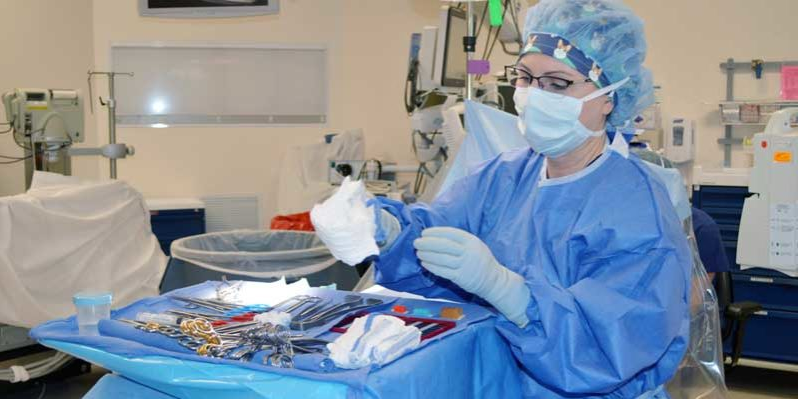
Surgical Technologist job outlook from the U.S. Bureau of Labor Statistics
Employment of surgical technologists is projected to grow 9 percent from 2018 to 2028, faster than the average for all occupations. Advances in medical technology have made surgery safer, and more operations are being done to treat a variety of illnesses and injuries.

Phlebotomy Technician job outlook from the U.S. Bureau of Labor Statistics
Employment of phlebotomists is projected to grow 23 percent from 2018 to 2028, much faster than the average for all occupations. Hospitals, diagnostic laboratories, blood donor centers, and other locations will need phlebotomists to perform bloodwork.
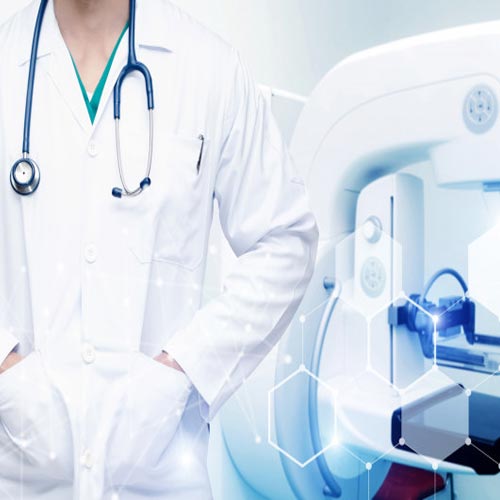
Dialysis technologist job outlook from the u.s. bureau of labor statistics
Overall employment of clinical laboratory technologists and technicians is projected to grow 11 percent from 2018 to 2028, much faster than the average for all occupations. An increase in the aging population is expected to lead to a greater need to diagnose medical conditions, such as cancer or type 2 diabetes, through laboratory procedures.

Medical Assisting job outlook from the U.S. Bureau of Labor Statistics
Employment of medical assistants is projected to grow 23 percent from 2018 to 2028, much faster than the average for all occupations. The growth of the aging baby-boom population will continue to increase demand for preventive medical services, which are often provided by physicians.

Dental Assistant job outlook from the U.S. Bureau of Labor Statistics
Employment of dental assistants is projected to grow 11 percent from 2018 to 2028, much faster than the average for all occupations. The aging population and ongoing research linking oral health and general health will lead to continued increases in the demand for preventive dental services.

Radiological Technologist job outlook from the U.S. Bureau of Labor Statistics
Employment of radiologic technologists is projected to grow 9 percent from 2018 to 2028, faster than the average for all occupations. Employment of MRI technologists is projected to grow 11 percent from 2018 to 2028, much faster than the average for all occupations. For more info please visit: https://www.bls.gov/ooh/healthcare/radiologic-technologists.htm#tab-6
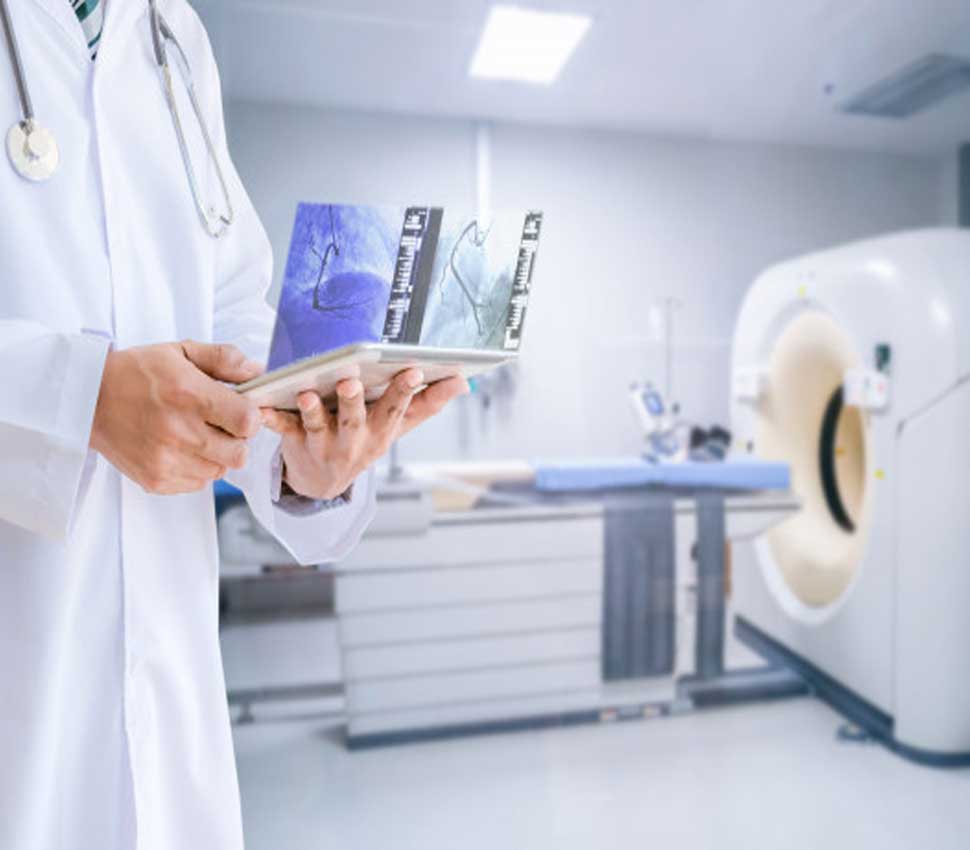
What are various diagnostic imaging modalities?
Procedures are performed. It also addresses what you may experience and how to prepare for the exams. The website contains over 260 procedure, exam and disease descriptions covering diagnostic and interventional radiology, nuclear medicine, radiation therapy and radiation safety and is updated frequently with new information. All material on the RadiologyInfo.org website is reviewed and […]
LICENSES, CERTIFICATIONS, AND REGISTRATIONS
Radiologic technologists must be licensed or certified in most states. Few states license MRI technologists. Requirements vary by state. To become licensed, technologists must usually graduate from an accredited program, and pass a certification exam from the state or obtain a certification from a certifying body. Certifications for radiologic technologists are available from the American […]



